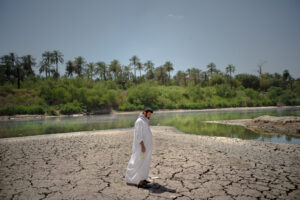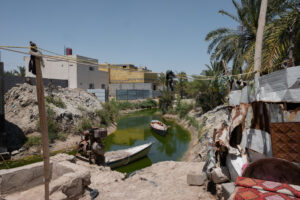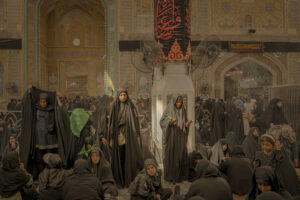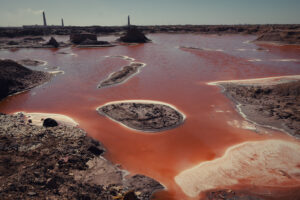The Tigris river, known as the Dijlah, has always been a conduit for more than water. Along with its sister, the Euphrates, it formed the eastern bound of Mesopotamia and irrigated some of the earliest civilizations on earth. For 7000 years its cycles of flooding have created seasons of plenty and scarcity, and at natural ports and confluence points major centres of power and influence grew. Political capital flowed up and downstream with the products of the ancient commercial world.
Many of those settlements of the old world are still industrial hubs; cities like Mosul, Baghdad, Samarra and Basra. Today almost 30 million people live in the watershed of the Tigris, but now the river faces existential threats on multiple fronts. Since the 1970s Turkey has built 16 new dams on the upper reaches and, with another 6 to come, the construction has already reduced the flow of water to Iraq. Dams in Iran and inside Iraq too also contribute to a significant change in the waters of the Tigris on its way south.
Meanwhile temperatures rise, and so too does reliance on increasingly sparse resources. Combined with over-consumption and aging water management systems, the Tigris may run dry before it reaches the Gulf. Millions of people’s homes and lives are at stake. Another result of the drying of the river, and the increased brackishness of the estuary, may be the death of the southern marshlands. There, since the time of the Sumerians, the Marsh Arabs have maintained a unique way of life, settling in reed-built huts and using water channels to travel between their herds of buffalo. The land often said to have been the Biblical Garden of Eden survived intense persecution under Saddam Hussein, but now its fate is tied to that of the river that feeds it.
This project tells the story of the uncertain future of the Tigris, and places it in the context of modern Iraq and the wider region.
Find the full series here: https://www.emilygarthwaite.com/dijlah [password: tigris23]

